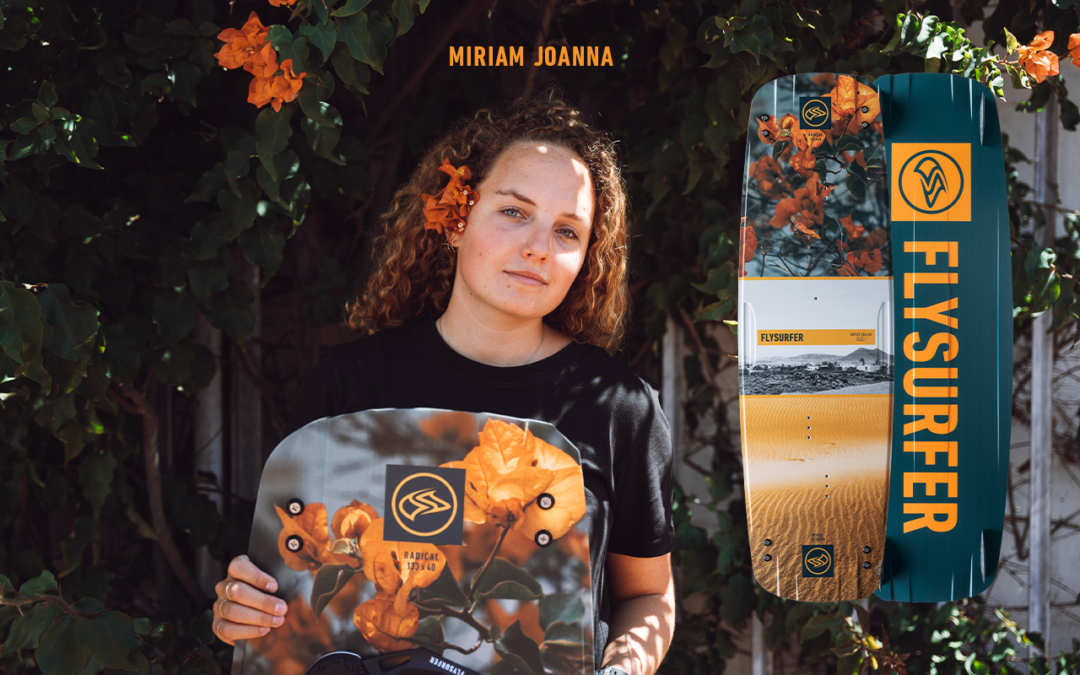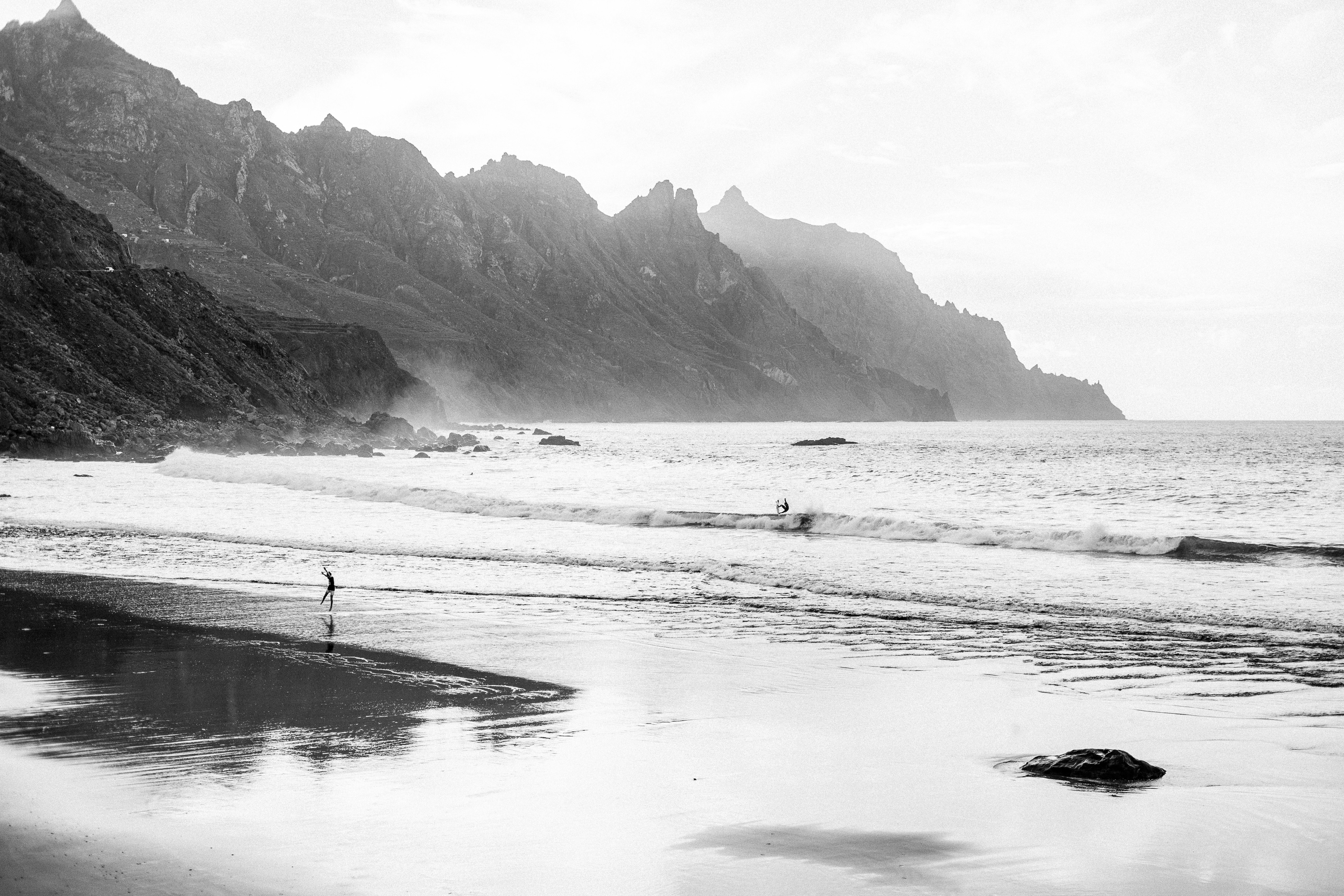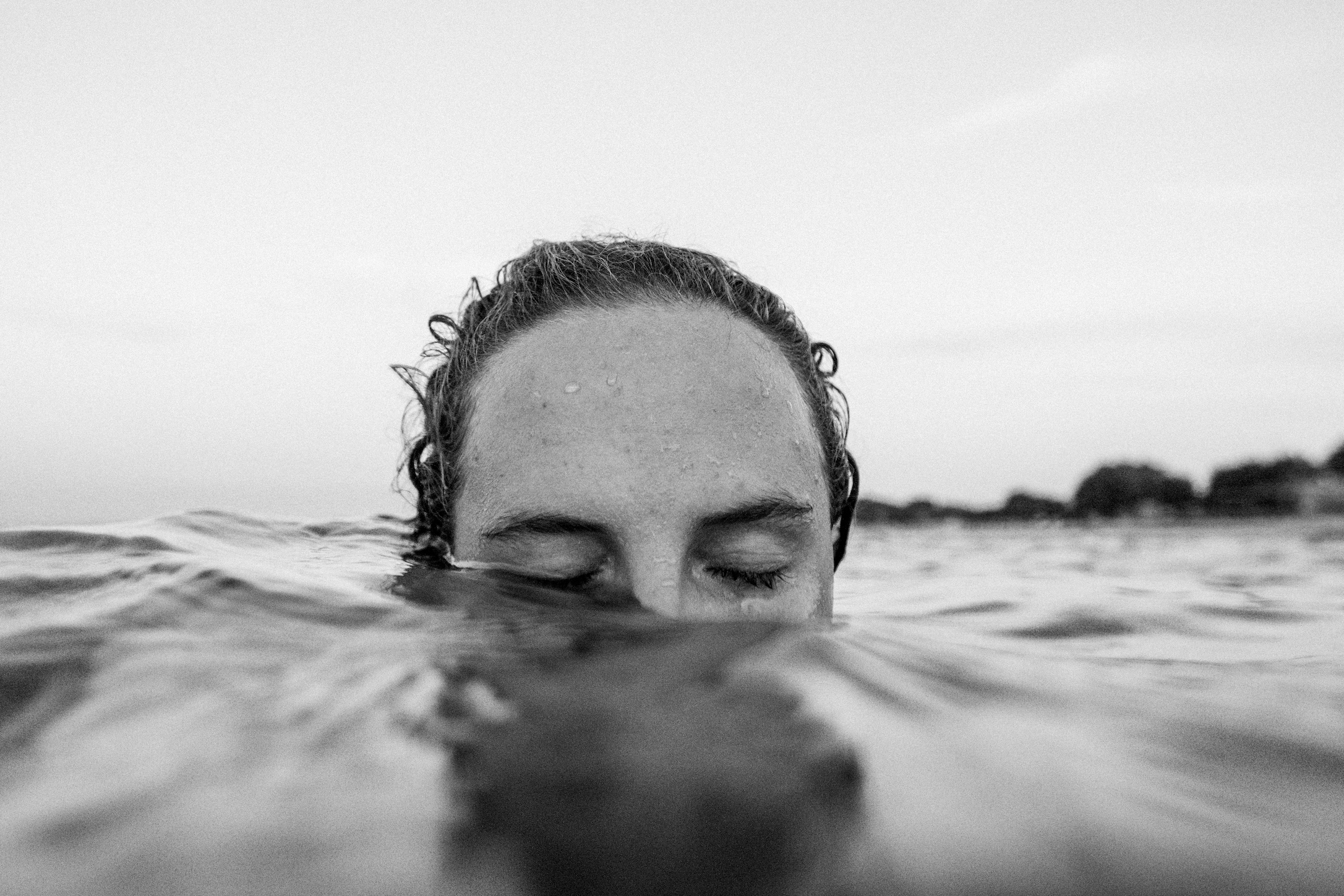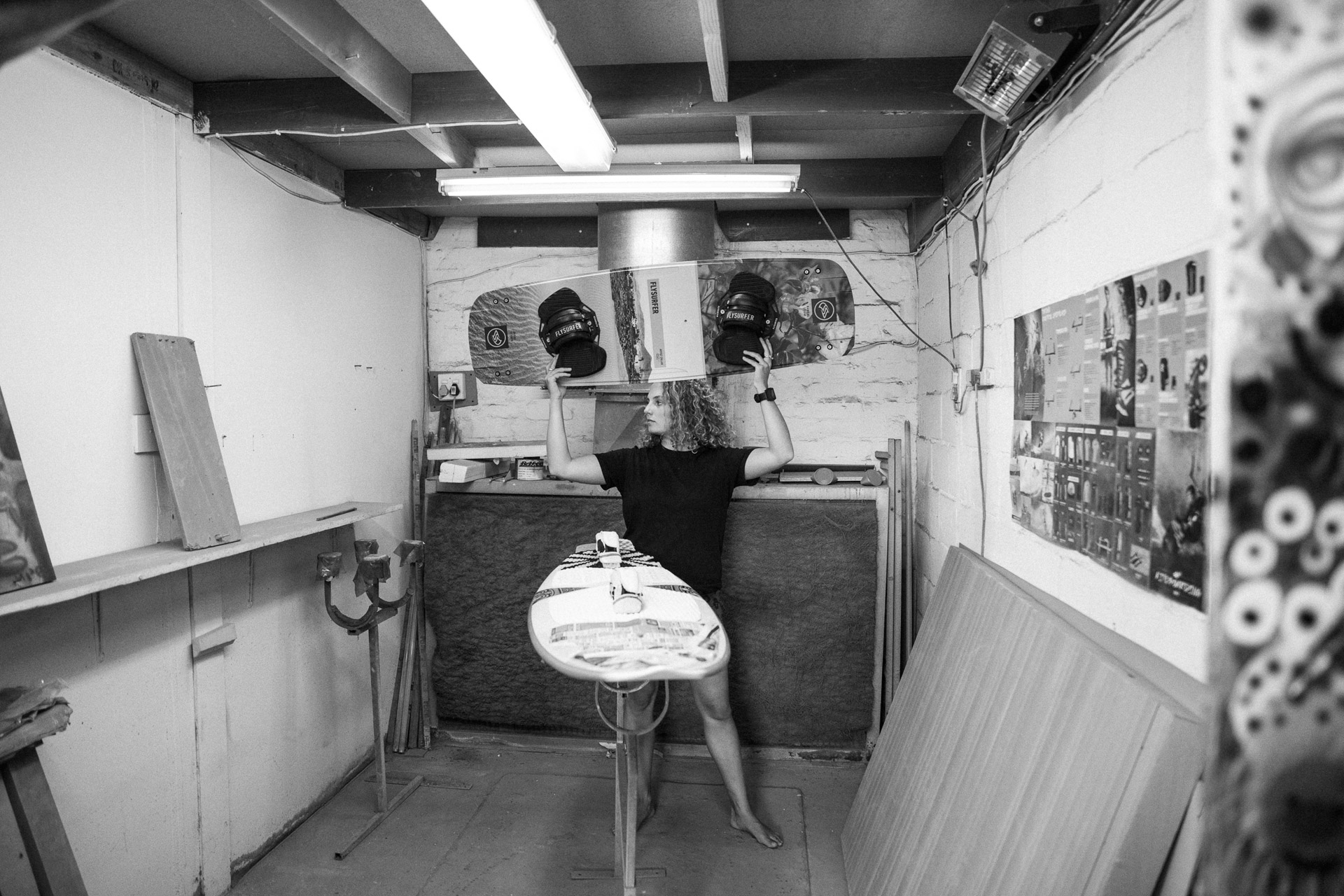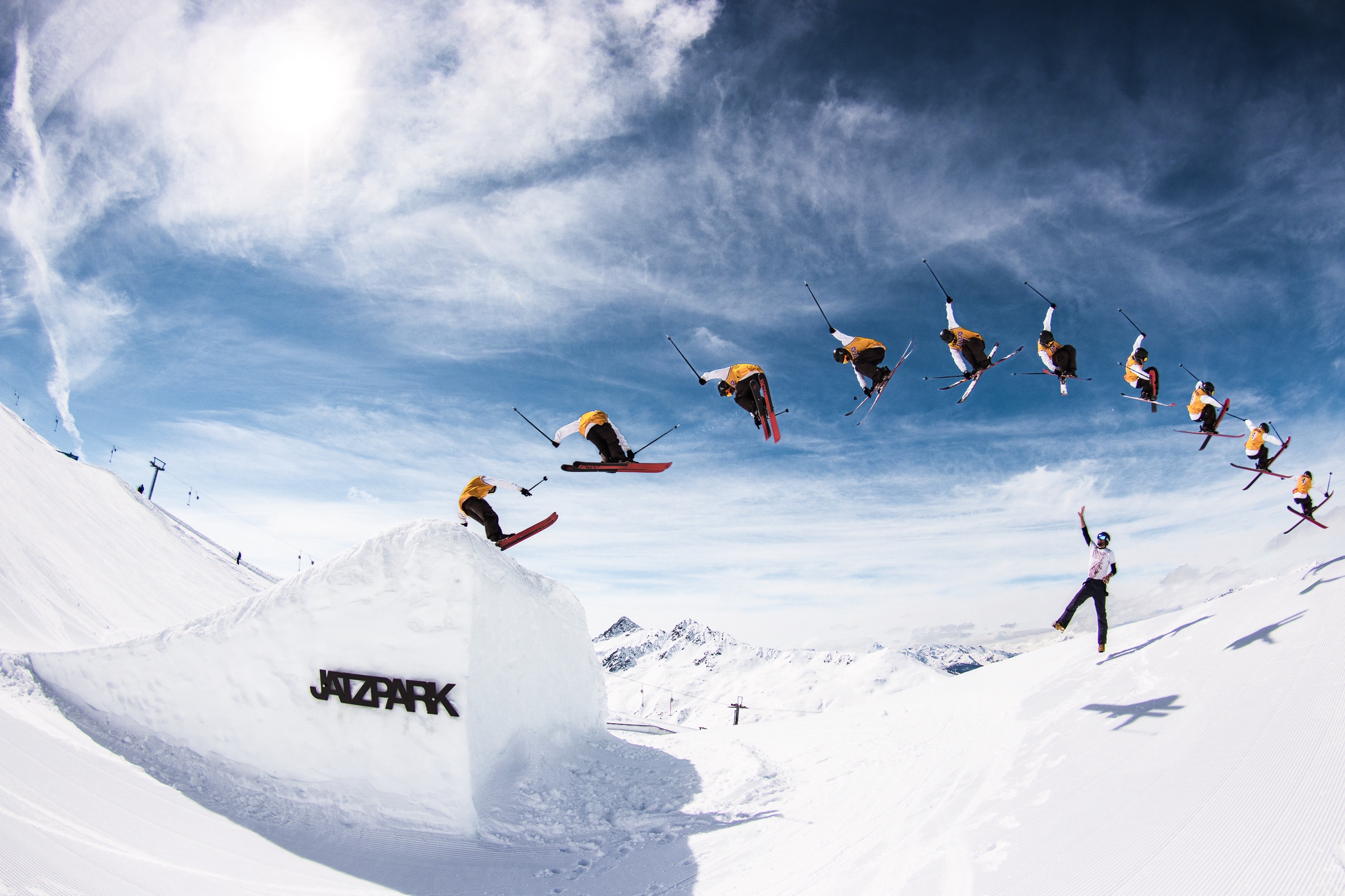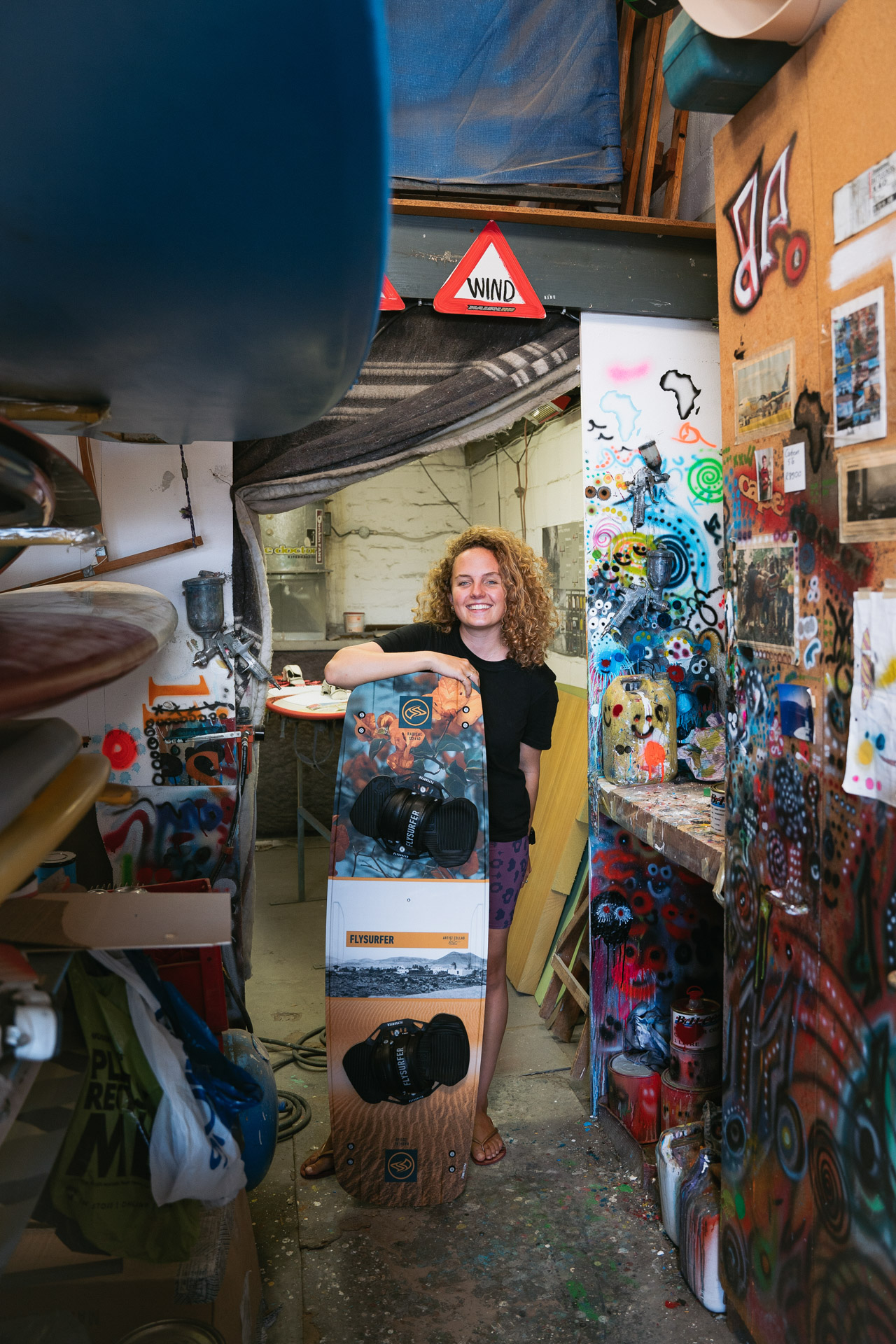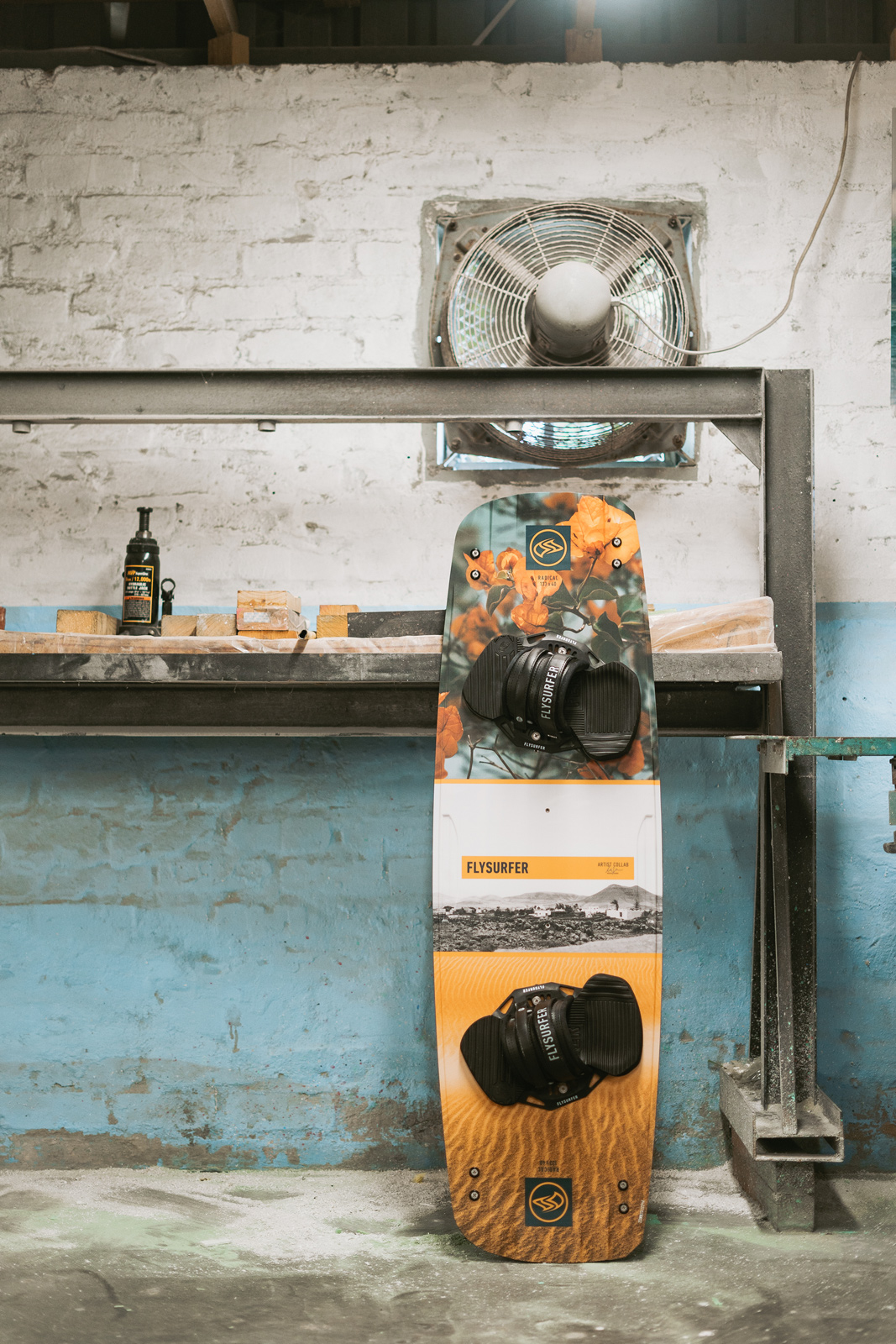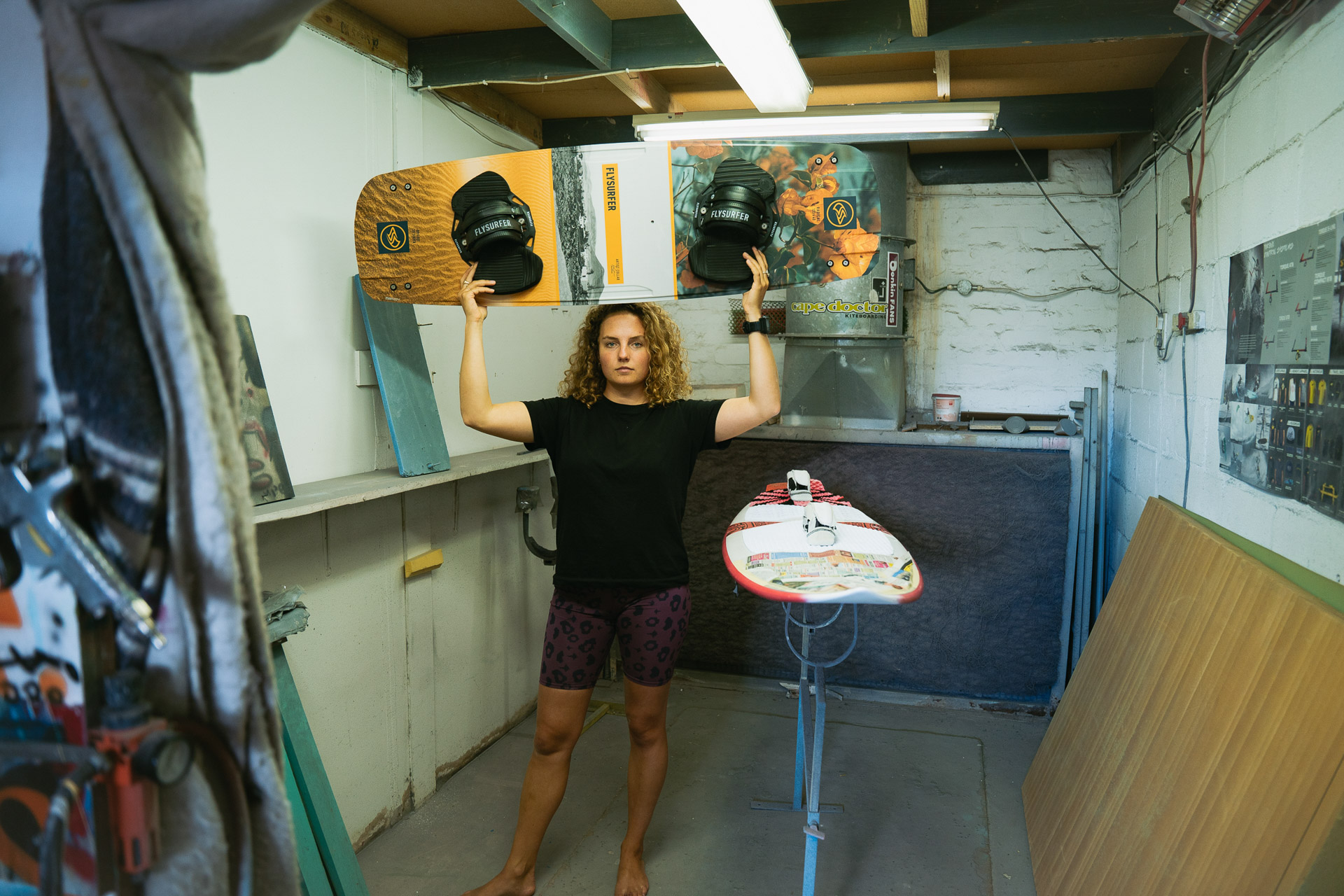Wo Wellen und Wind die Landschaft prägen, da fühlt sich die 25-jährige, Künstlerin aus Österreich am wohlsten. Sie durchlebt in den vergangenen Jahren eine Wandlung von einer Vollzeitfotografin zur selbstständigen Künstlerin. Vor ihrem großen Schritt aus der Sicherheit einer Angestellten, hört Miriam in sich hinein, nimmt das Risiko auf sich und geht ins Ungewisse. Der Wunsch nach Unabhängigkeit und der Wille zur Selbstbereicherung zaubert ihr zwei Jahre später ein Lächeln ins Gesicht. Dabei könnte man denken, dass das Timing, um das Projekt deines Lebens zu starten nicht schlechter sein könnte als während einer Pandemie. Unser interessantes Gespräch taucht in die Gedanken einer verantwortungsbewussten, jungen Frau ein, die gewissenhaft Themen inszeniert und dem Motiv vor der Kamera, eine Stimme geben will.
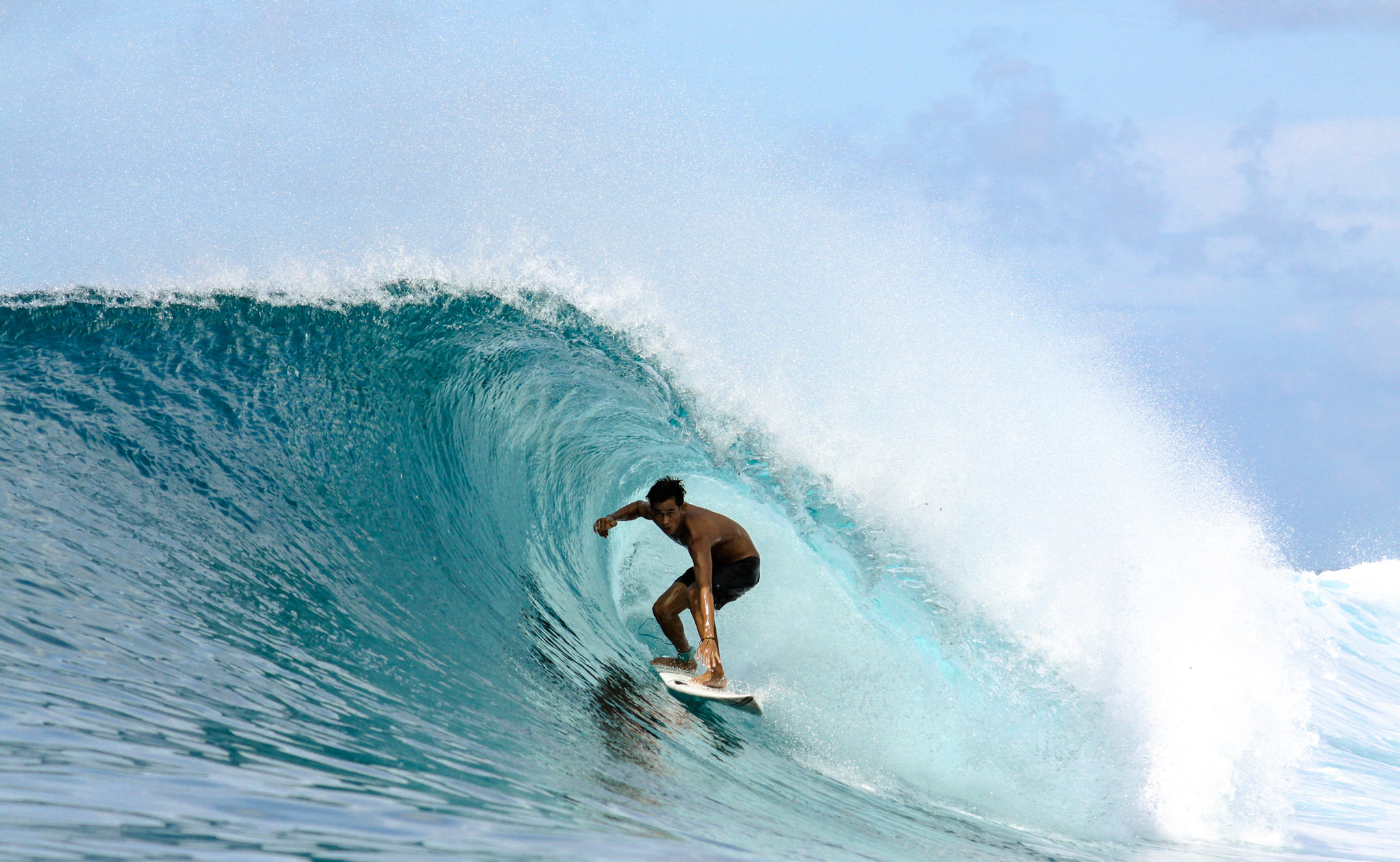
Miriam: “Ich habe vor sieben Jahren mit der Fotografie begonnen, viel auf Hawaii und in den Schweizer Bergen gelebt und nebenbei gejobbt. Mir wurde jedoch schnell bewusst, dass für mich das Jobben, Zeitverschwendung ist da es mich nicht bereichert. Eine Neuorientierung musste passieren, also habe ich gekündigt, mich von Davos; Schweiz in den Zug nach Wien gesetzt und mich selbstständig gemacht. Diese Zeit hat mir vor allem eines Bewusst gemacht, dass meine Sprache, die der Kunst ist. In der Surfszene / Kitesurfszene bin ich im Moment hauptsächlich tätig. Im ersten Lockdown war ich allerdings mit Grafikdesign beschäftigt und habe viele Projekte gemacht. Die erste größere Produktion in der Sportfotografie fand hier (Südafrika) mit FLYSURFER statt. Danach ergab sich sehr viel von selbst.”
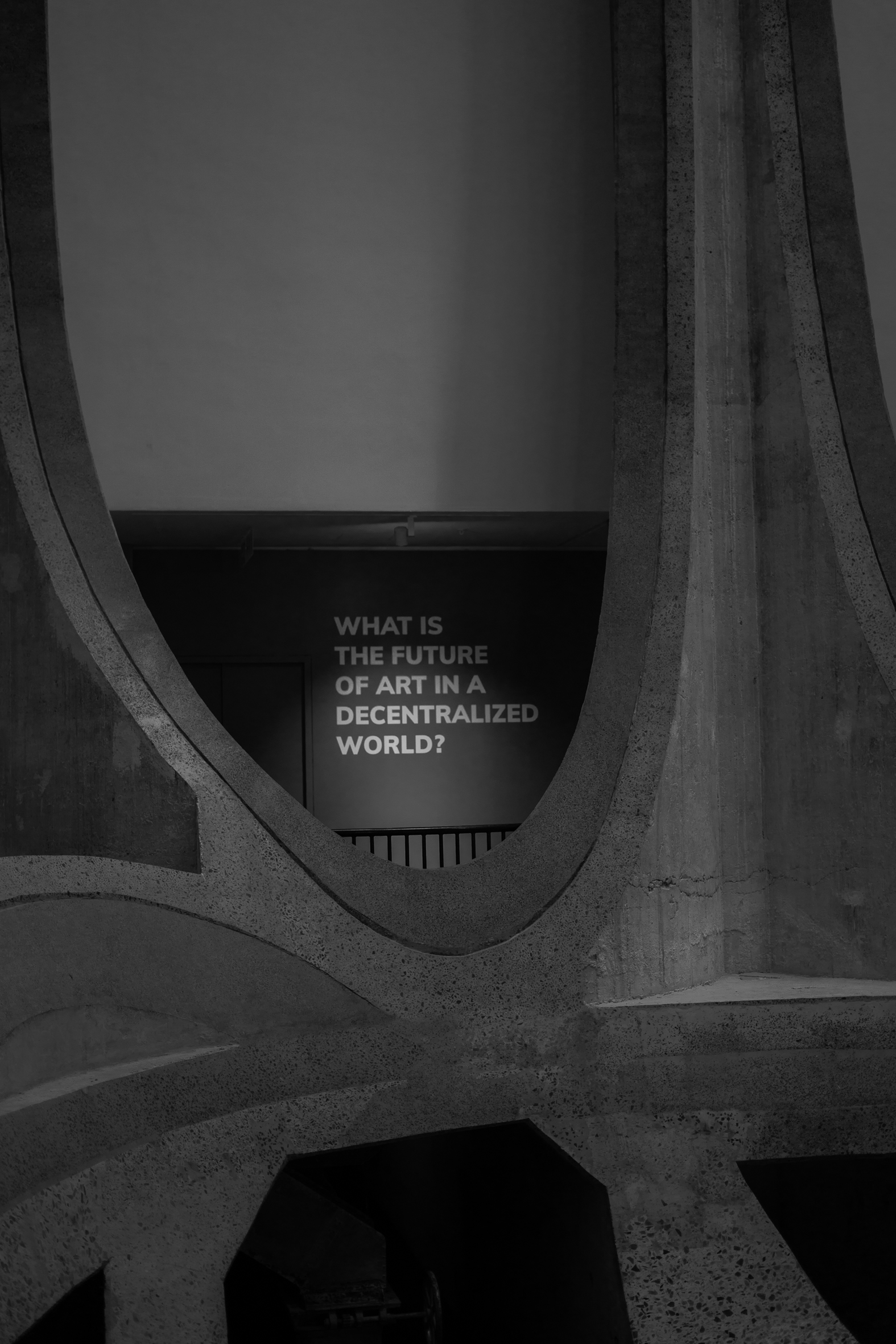
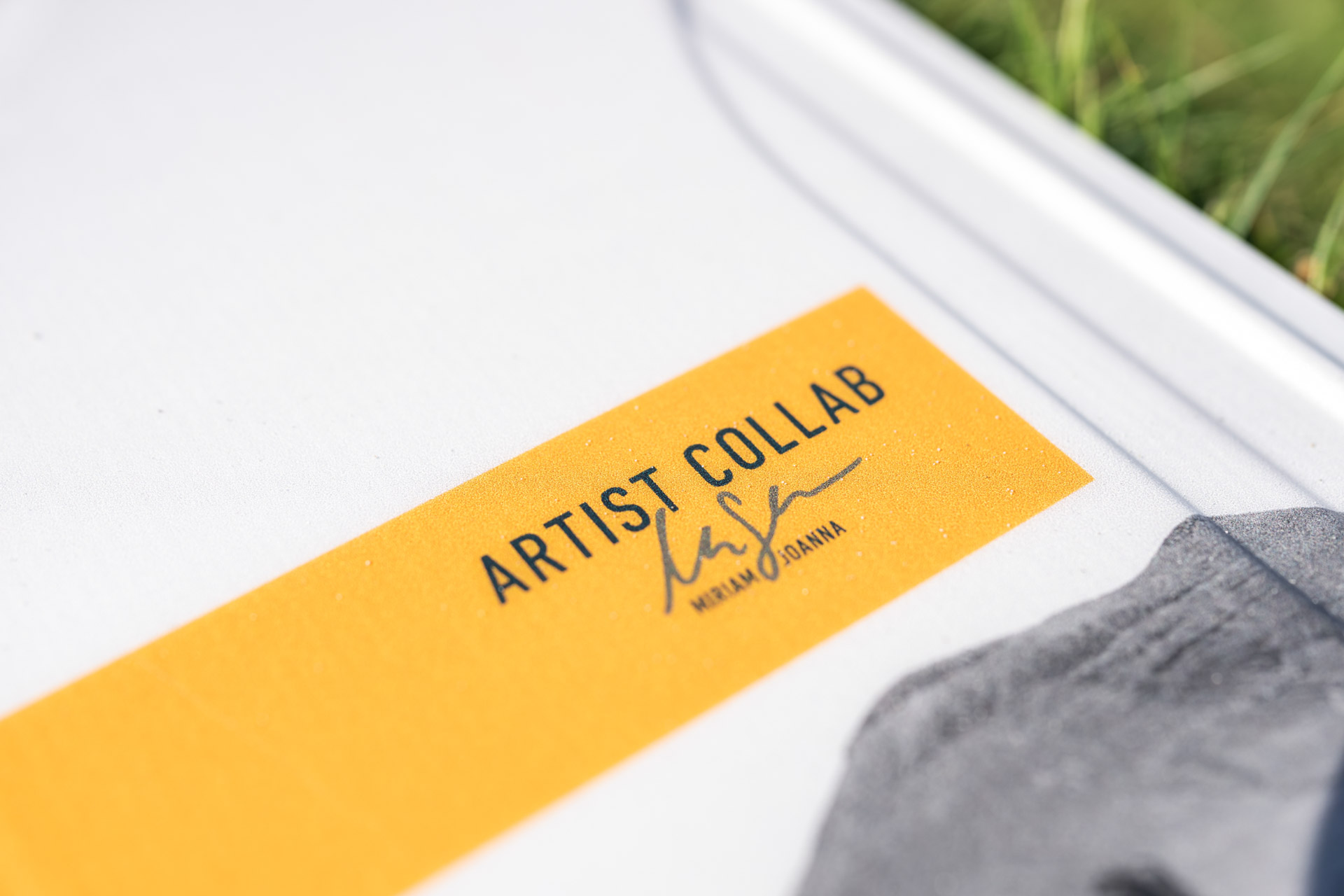
Miriam: “Ich habe schon länger, neben der Fotografie, kleine Edits gemacht und wollte stärker in Richtung Film gehen. Wusste nicht genau wo und wie ich das Projekt angehen sollte. Catta und ich haben ein gutes Gespräch geführt, wo es hauptsächlich um die Tatsache ging, dass Frauen in der Surfszene selten nur als Athlet dargestellt werden, wobei der Fokus oft woanders hinfällt. Ich wollte sie in ihrem Element zeigen, ohne den Körper oder das Frausein zu thematisieren, einfach eine Person, die trainiert. Es ist hart Topleistung, täglich abzurufen. SENSATION zeigt Catta fokussiert und engagiert, träumerisch und nachdenklich. Der Film fängt mit Frustration an, zeigt sie, wie sie durch ihre Entschlossenheit etwas Positives generiert; Motivation.”
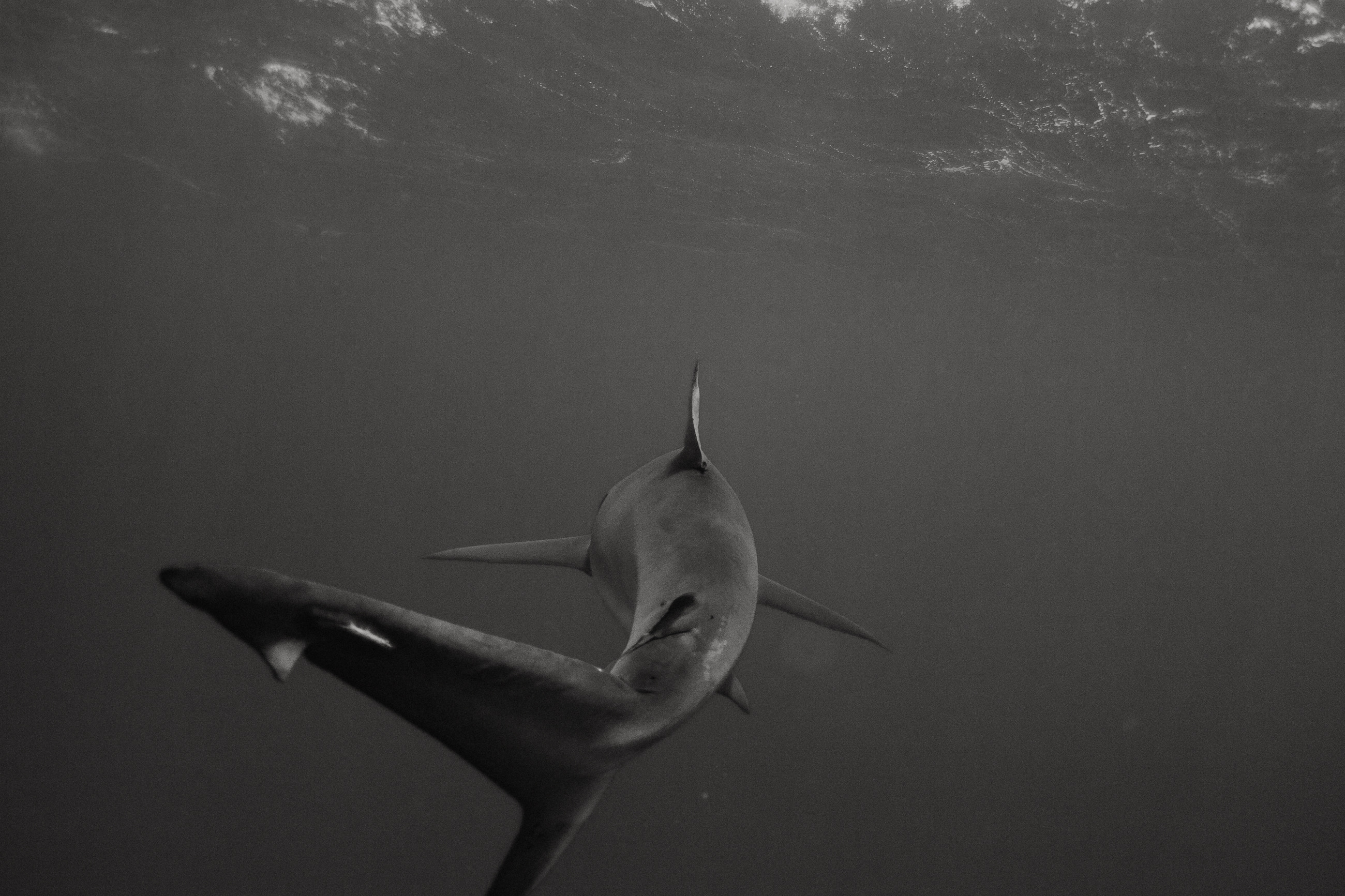
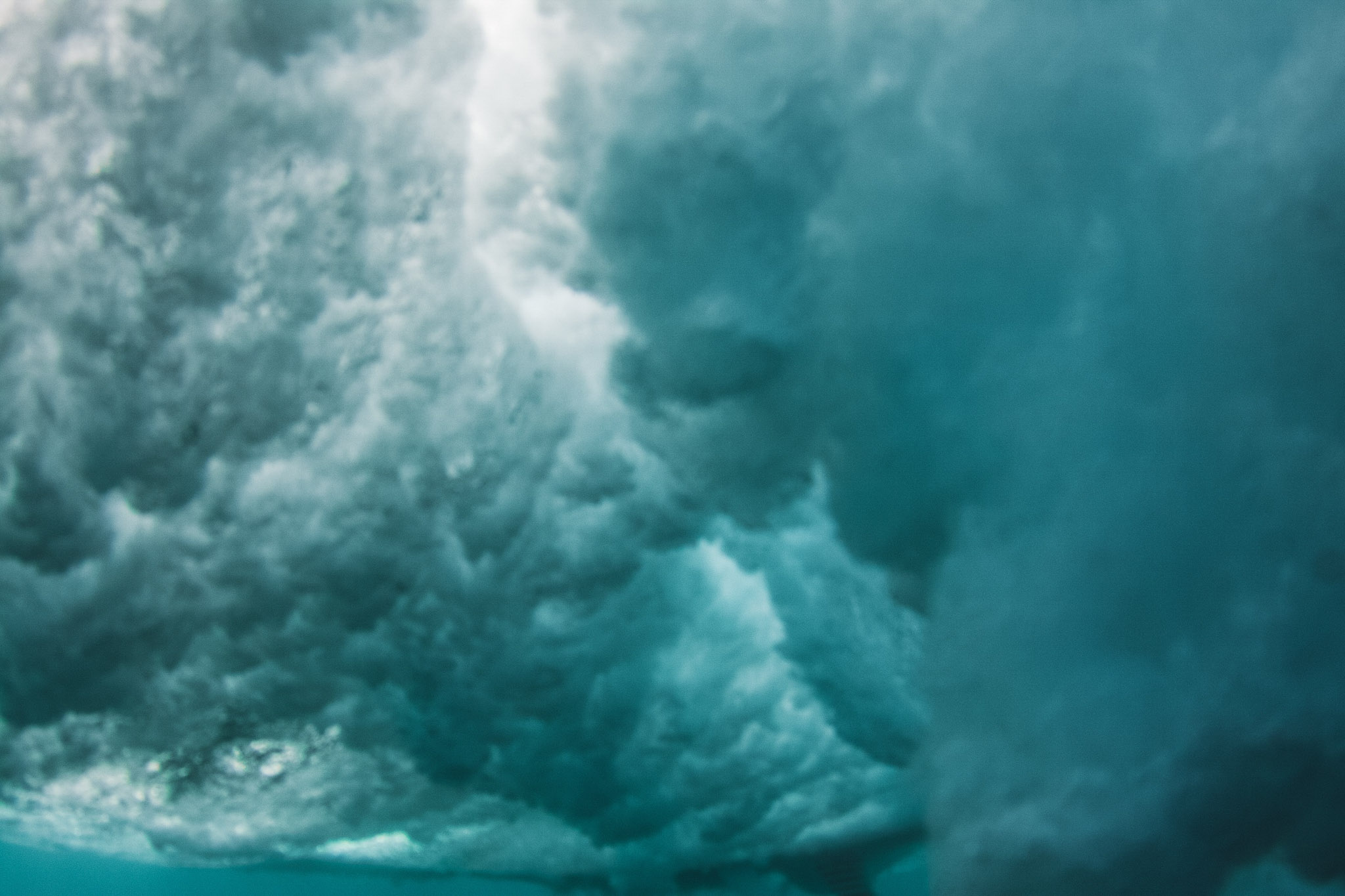
Miriam: “Das stimmt, selbst wenn man sich die Arbeit aussucht und sie deine Leidenschaft ist, kann der Druck enorm sein. Ich hatte bei SENSATION zwar eine klare Vision, aber während des Schneidens habe ich immer wieder mit anderen Leuten gesprochen. Ich wollte wissen, ob die Botschaft ankommt, denn mir ist wichtig mit meiner Kunst, etwas zu bewirken. Wie es bei den Betrachtern ankommt, hat mich enorm gestresst. Ich war in meinen Gedanken gefangen, habe alles im Kopf zerpflückt und konnte das Projekt nicht abschließen. Nach vier Monaten durcharbeiten ging mir schlichtweg die Kreativität flöten.”
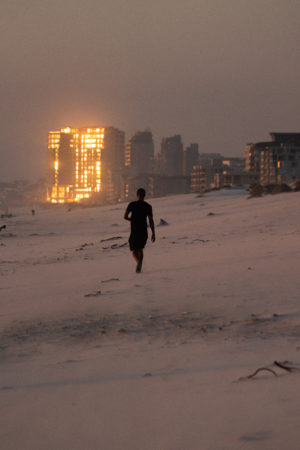
Miriam: “Mir hat eine Freundin geholfen, die Kunsttherapie studiert hat. Sie lernte mir, dass ich keinen Einfluss auf die Meinungen der Betrachter haben kann, sondern nur mir selbst mit meiner Interpretation gerecht werden muss. Catta hat mich ebenfalls bei der Lösung der Blockade unterstützt. Wir trafen uns Wochen nach Südafrika auf Fuerteventura wieder, wo ein Teil der Bilder für das Board entstanden. Die leblose Wüstenlandschaft spiegelte die Leere in meinem Kopf wider. Ich distanzierte mich von Social Media und machte einfach Snapshots während der Reise. Ich war in der Zeit bei Wind täglich am Wasser (Kiten) und habe mich von der Online-Welt distanziert. Wie du schon sagtest, bei Sport ist man im hier und jetzt und die Gedanken haben keinen Platz. Der Wendepunkt kam dann als wir auf die Suche nach der Oase gingen, wo ich auf diese Blume, welche am RADICAL abgebildet ist, fanden. Sie war so lebendig. Danach war ich wieder bereit das Projekt abzuschließen.”
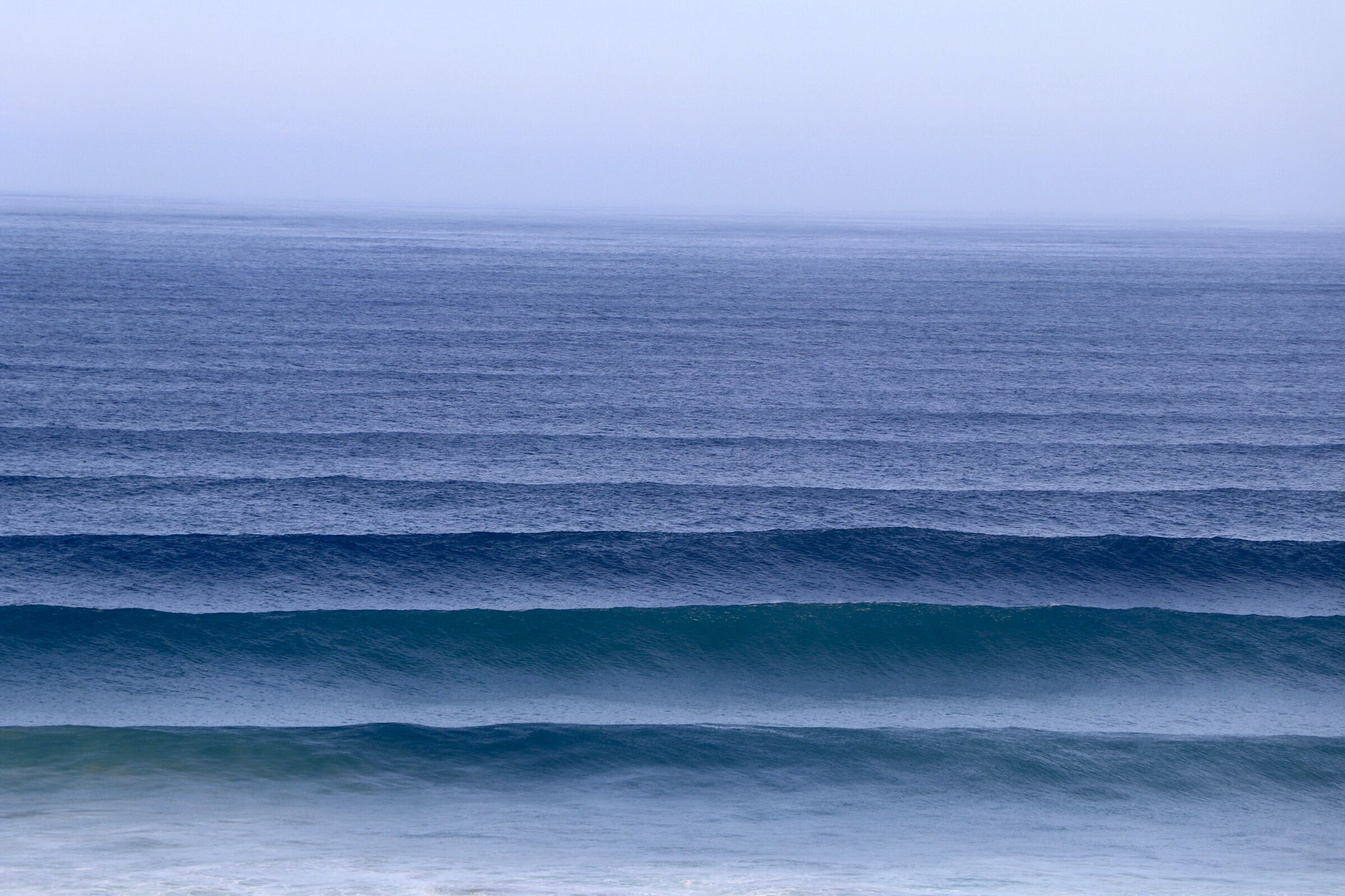
Miriam: “Ich war sogar in einer Art Trance. Es war ein unglaublich schöner und intensiver Prozess. Drei Wochen später war das Endprodukt fertig. Die Parallele ist absolut gegeben, wir haben beide etwas ähnliches durchlebt. Der Film kam schlussendlich sehr gut an. 😊 Habe im Anschluss lange gebraucht die Komplimente richtig einzuordnen. Zwei Wochen später klingelt Blue Tomato, weil sie den Film gesehen haben, bei mir für ein Projekt durch. Das hat mich enorm gepusht und mir einen Kick gegeben weiterhin meine Fähigkeiten zu nutzen, um anderen eine Stimme zu geben, oder eine Botschaft zu übermitteln.”
Chris: “Ein Prozess in den sich sicherlich viele hineinversetzen können. Aus meiner Erfahrung kann man immer an einer Herausforderung wachsen. Danke Miri für deine Zeit und den tiefen Einblick, wir freuen uns schon auf dein nächstes Werk.”

